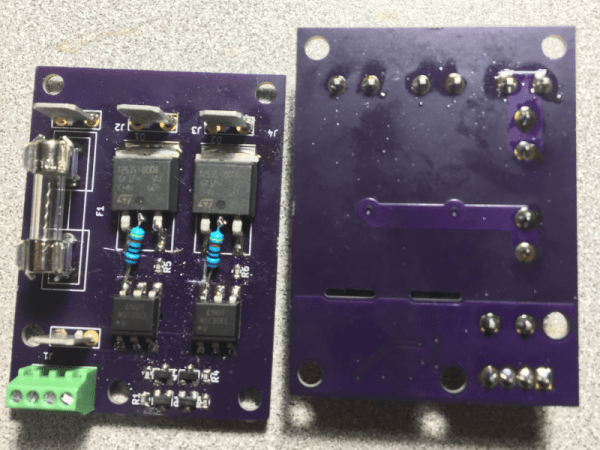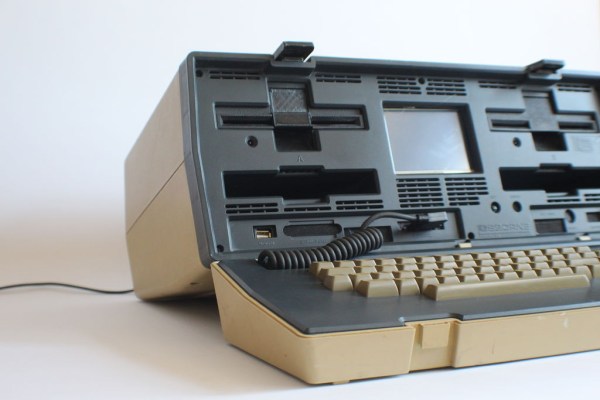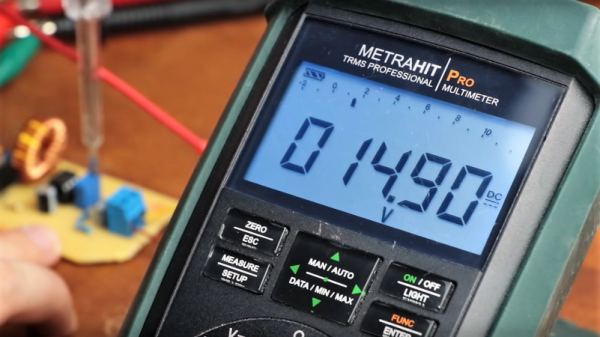Like many of us, [Michael Portera] was an avid trading card collector as a kid. Also like many of us, life got in the way, and the collections sat ignored in boxes until our mothers threatened to get rid of them (or skipped the threat altogether and sold them at a garage sale for next to nothing).
[Michael] was recently reunited with his collection of Magic cards, which vary in value as much as baseball or any other kind of collectible card. Now that his Friday nights are otherwise occupied, he decided to sell them off. But first, he had to know how much they’re worth.
Manually sorting and pricing hundreds of cards would take longer than he’d like, so he built a sorter to automate the process. It takes a stack of MtG cards and uses servos and little tires to move them, one by one, into position. A short Python script runs the servos, tells a Raspi 3 camera take a picture of each one, and uploads it to Amazon AWS. Once the pictures are there, [Michael] uses a second script to grab the card title text from the picture and fetch the value through TCGPlayer’s pricing API.
This machine probably isn’t for purists or people with a bunch of originals and re-issues of the same card. We probably should have mentioned that he took out all the Black Lotuses and other obviously valuable cards first. Someone still has to assess the condition of each card, but at two seconds per card, it’s quite the time twister saver. Time Walk past the break to see it in action.
Tired of using dice or scratch paper for your life counter? Summon some Nixie tubes and make a cooler one.
Continue reading “Automatic MtG Card Sorter Separates Rags From Riches”






















